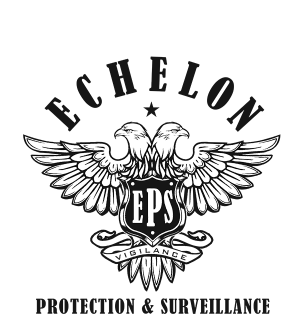 The security sector has evolved as a result of new technologies and client demands from many industries. Security operations are being transformed by new technology and digital solutions, but the role of security is changing as well. A study revealed how leaders think about security and what solutions they require today and in the future. There are six major shifts among these tendencies that, taken together, point to a new security picture.
The security sector has evolved as a result of new technologies and client demands from many industries. Security operations are being transformed by new technology and digital solutions, but the role of security is changing as well. A study revealed how leaders think about security and what solutions they require today and in the future. There are six major shifts among these tendencies that, taken together, point to a new security picture.
From entry to occupancy
Today’s security procedures, albeit with limitations, tend to focus on access control. Many organizations, for example, know how many people have arrived but not how many have departed a secure site. Imagine the power of a 360-degree view of a facility that reveals who is inside, where they are, and what they are doing. Real-time headcounts with specific locations can save time and make a vital difference in an emergency case, such as a fire, earthquake, or active shooter situation.
From structures to people
Only securing physical places is no longer sufficient. Managers saw the need to secure the organization and its employees wherever they were as more individuals worked remotely. Because security teams are becoming more mobile and may not work in the locations they protect, having seamless mobile access is critical. Businesses are considering solutions such as biometrics and facial recognition that grant access based on who someone is rather than the fobs, cards, and badges they’re carrying.
From forensics to prevention
Rather than proactively lowering risk, many firms still devote significant security resources to responding to incidents. While many businesses are collecting more data, they are having difficulty interpreting it quickly enough to avoid incidents. Organizations are looking for simple-to-use solutions that direct security staff to specific actions before an incident occurs.
From cutting-edge to acceptable
Cutting-edge technology is appealing, but it is impractical. Some residents are hesitant to utilize biometric readers that require touching because of the ongoing pandemic, while firms are hesitant to debut new technologies in lightly inhabited premises. Other solutions are overly sensitive, triggering alerts so frequently that they become background noise. Businesses are seeking for what is viable, practical, and straightforward to implement rather than what is cutting-edge. Leaders seek scalable solutions that work with their existing infrastructure. They want actionable warnings and analytics that automatically extract usable information from large amounts of data.
From stuff to service
New security choices may allow budgets to move from product purchases to problem-solving services. Infrastructure as a service is gaining popularity in various industries since it often lowers costs and allows businesses to focus on their goal. Some businesses, however, prefer to own their equipment because of potential tax benefits, customization opportunities, and privacy concerns. The ideal answer might be a hybrid of security as a service and DIY security, with companies being able to pick and choose what is owned and what is a service, moving smoothly between the two as circumstances dictate.
From independent to fully integrated
It’s time to move on from discrete solutions’ compatibility issues. Leaders are looking for components that not only work well togetherbut also share information. Security components should be easy to integrate and function with non-security systems, regardless of brand. Security cameras in a retail establishment, for example, could be used as learning tools on the shop floor. They can also provide operational views that help optimize processes, such as notifying when consumers are waiting too long at the checkout. Organizational efficiencies and savings could be improved by sharing information across divisions.


